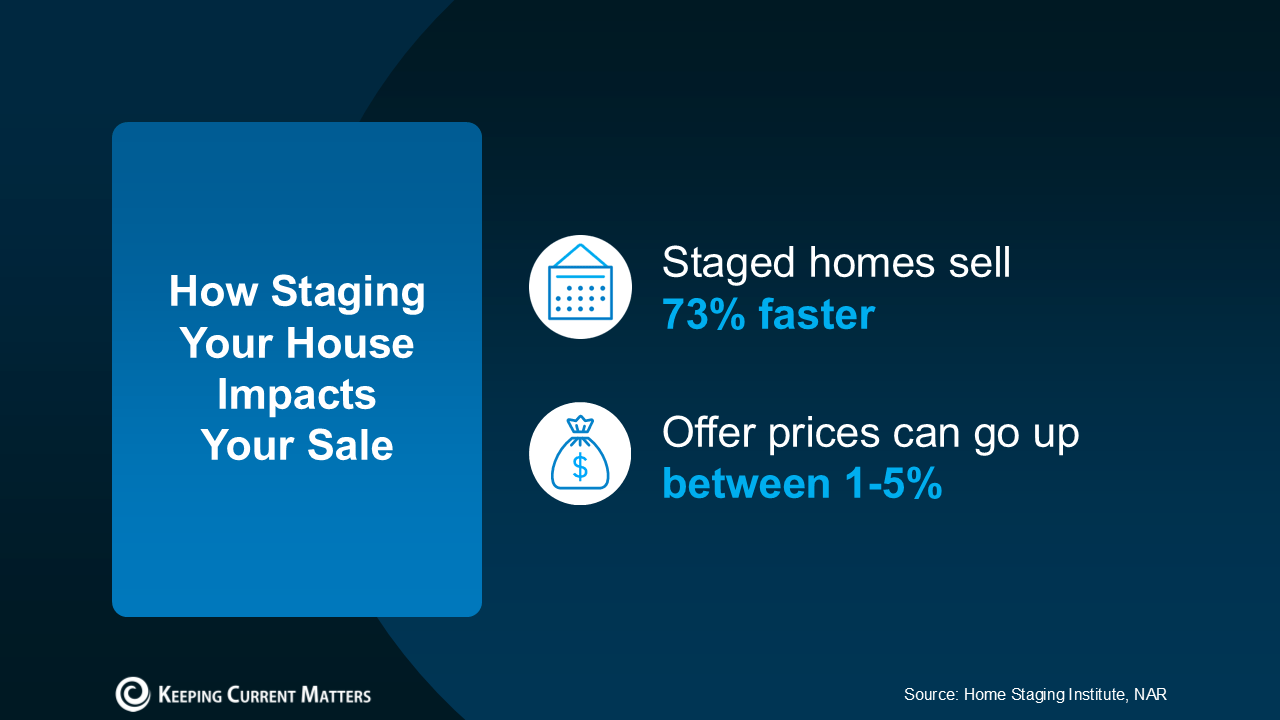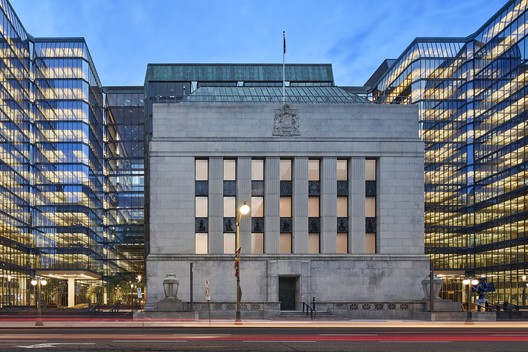Each January, homeowners across British Columbia receive their annual property assessment, and with it often comes confusion. Many people wonder: Is this what my home is really worth? The short answer is — not necessarily.
Assessed Value vs. Market Value
In British Columbia, property assessments are prepared by BC Assessment and reflect market value as of July 1 of the preceding year. That timing is critical.
A REALTOR®’s opinion of value reflects today’s market conditions, while your assessment is based on a snapshot from roughly six months earlier. In changing markets, this timing gap can create noticeable differences between assessed value and current market value.
Why Assessed Values and Market Values Differ
There are two main reasons:
1. Mass appraisal methodology
BC Assessment uses a mass appraisal system. Values are derived primarily from MLS® sales data within neighbourhoods or strata complexes, rather than individual property inspections. This broad approach is effective for taxation purposes but does not account for unique features, renovations, condition, or micro-market influences.
2. Time lag
Your 2026 assessment reflects estimated market value as of July 1, 2025 — not today. When markets shift, assessed values may lag behind real-time pricing.
What Assessments Are Really For
Market-value assessment is widely considered the fairest way to distribute the property tax burden across homeowners. However, it is important to understand that assessed value is not designed to be a precise indicator of what your home would sell for today.
Key Definitions
Market Value:
The price expected if a reasonable amount of time is allowed to find a purchaser, and both buyer and seller are fully informed.Assessed Value:
The most probable price an unencumbered property would have sold for on the open market as of July 1 of the preceding year.
What’s Happening With 2026 Assessments
According to BC Assessment, the cooling housing market is now being reflected in 2026 values. Many homeowners across the Lower Mainland are seeing assessed value decreases ranging from 0% to approximately 10%, based on July 1, 2025 valuations.
In response to these changes, the British Columbia Ministry of Finance has also adjusted the B.C. Homeowner Grant threshold for the first time in six years. For 2026, the threshold has been reduced to $2.075 million, down from $2.175 million last year, aligning with lower assessed values across Metro Vancouver.
Why This Matters to You
A lower assessed value does not automatically mean lower property taxes, as taxes are determined by municipal budgets and tax rates. However, assessments do affect eligibility for programs such as the homeowner grant and provide insight into broader market trends.
If you are considering selling, refinancing, or simply want to understand your home’s current value, an assessment should be viewed as one data point — not the full picture.
As always, we are happy to provide a current market evaluation and context specific to your property and neighbourhood.














